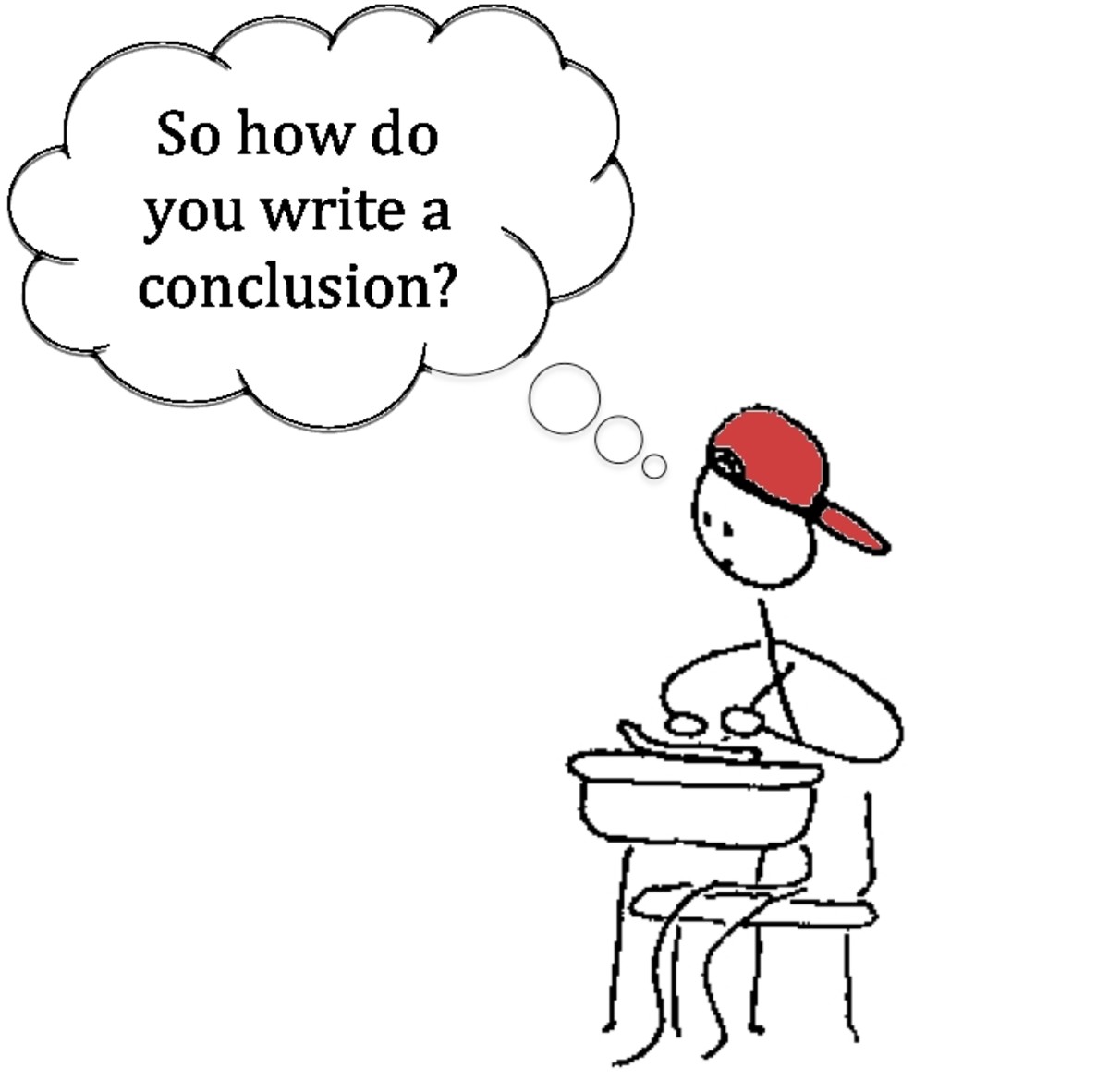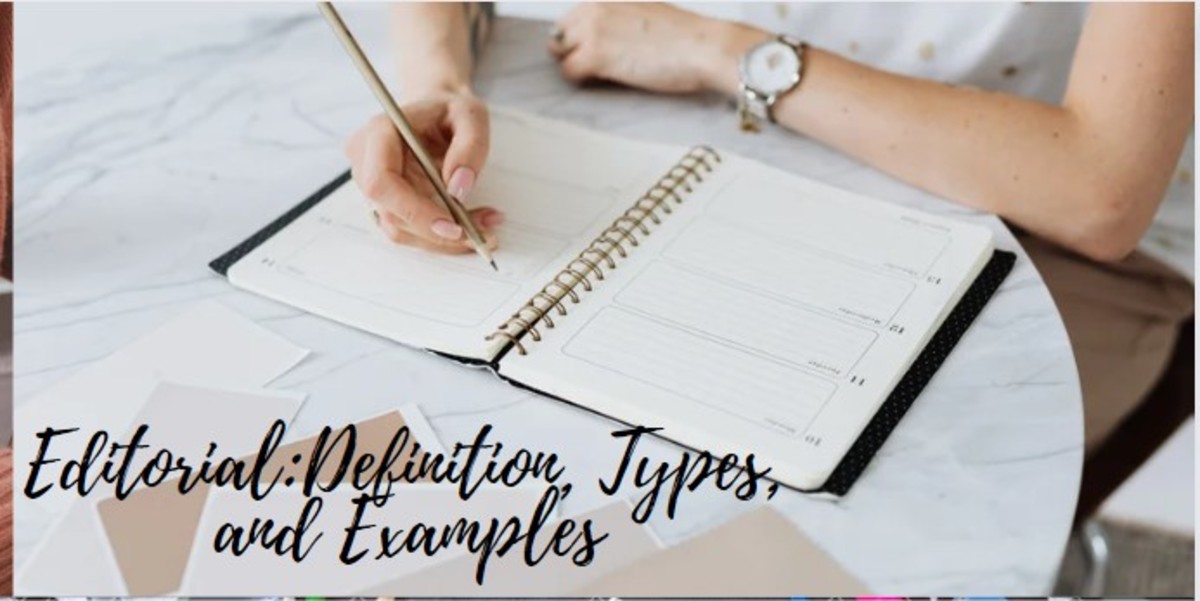What Is An English Essay?
Introduction
Although every English essay is different, they all have certain things in common. The topic may vary, but every English essay shares certain features with all other English essays. They all have an introduction, middle paragraphs which explain the points in more detail, and a conclusion. Taken together, these elements form a written communication which conveys an argument or point of view, usually in answer to an essay question.
Middle Paragraphs
Each middle paragraph begins with a topic sentence. The topic sentence states the main point to be made in the paragraph, while the following sentences expand on the topic sentence, and provide examples and evidence to support what is said in the topic sentence. For example, this paragraph contains a topic sentence, followed by an expanding sentence, and then a sentence which gives examples of the different types of sentence - this one, in fact! So you can see that even an essay about essays has middle paragraphs which start with topic sentences.
The middle sentence or sentences in each middle paragraph support the topic sentence; they help to prove it is true. These sentences are what prevent your essay from being a long ramble of your opinions, and instead focus your writing on making a logical argument for your point of view. As you can see, in each middle paragraph on this page, there is a sentence which uses examples from this text to support the statements being made in the topic sentences. You might like to go over this text and highlight the different types of sentence in different colours - topic sentence, expansion sentence, evidence (or example) sentence, and relating to the question sentence. This will help you to see that each paragraph has a similar structure, even though some are longer and some are shorter.
The last sentence in each middle paragraph relates the point being made in the paragraph back to the essay question. This is very important, because it ensures that the essay doesn't wander off the topic. For example, the previous paragraph ends with a sentence which talks about the similarities between all middle paragraphs. The point about all English essays having similarities is our answer to the essay question. It is mentioned in the introduction, and reinforced by each concluding sentence.
If there is evidence or an example which contradicts your answer, it is wise to mention it and show that is it not all that important compared with the rest of your evidence. This shows that you have thought about both sides of the argument, makes your answer seem balanced and reasonable. For example, our main point in this essay is to stress the things that all English essays have in common. If we were to think about it, there are also going to be some obvious differences. When writing an essay about a play or a novel, we will be talking about the plot. Poems, on the other hand, rarely have plots to talk about, so not all English essays will mention plots. This is a difference in content, but differences in content don't really affect the similarities we are demonstrating in the way English essays are structured.
We have spoken a lot about middle paragraphs, but the introduction and overall conclusion are equally important. The introduction spells out how we are going to answer the essay question, and gives a preview of the structure of our argument. In this case, our introduction says that we will argue that all English essays share common features, namely the introduction, middle paragraphs, and a conclusion. The concluding paragraph summarises the arguments we have made and shows how the evidence supports our answer to the essay question. Even fiction stories have a beginning, and middle, and an end. English essays are no different. As written communications, they share features which are common to all writing.
The concluding paragraph is usually longer than the introduction. It includes the argument outlined in the introduction, and, in addition, it contains material from the middle paragraphs which supports the argument, or answer, to the essay question. The writer may choose to add a short concluding remark after the main concluding paragraph, but this will not replace the concluding paragraph. Under exam circumstances, when people are running out of time, the good students will write middle paragraphs in bullet point form and still write their conclusion out in full. A well-written conclusion is a vital part of every English essay.
The conclusion doesn't introduce new material. Everything in the conclusion is a reference to something introduced and established through argument previously. Introducing new material in the conclusion detracts from and weakens the summary of your argument and evidence. For example, this whole essay is recursive, which means it refers to itself. This is an interesting point, and it is good to talk about writing style when you are writing about literature, but the interesting point is not relevant to our answer, which is focused on highlighting the features common to all English essays. Our conclusion needs to clearly explain our answer, without any distractions, which is why this point about writing style is made in a middle paragraph. In common with most English essays, this essay introduces all its material before starting on its concluding paragraph.
Conclusion
English essays can be written on just about any topic. They are often about literature - plays, novels, and poems. Despite all the variety of content, however, certain common patterns emerge in the way English essays are structured. They all have an introduction, which outlines the answer to the essay question. They all have middle paragraphs, which make points and provide evidence to support those points. The middle paragraphs are what distinguishes an essay from an opinion piece. An essay also has a conclusion, like this one, which reviews the evidence and draws it together to answer the essay question. So, we have completed our review of the English essay, and we have seen how an introduction, points with supporting evidence, and a conclusion are all essential elements. In short, we can see that an English essay is a structured written communication, which conveys an argument or point of view, in answer to an essay question.







